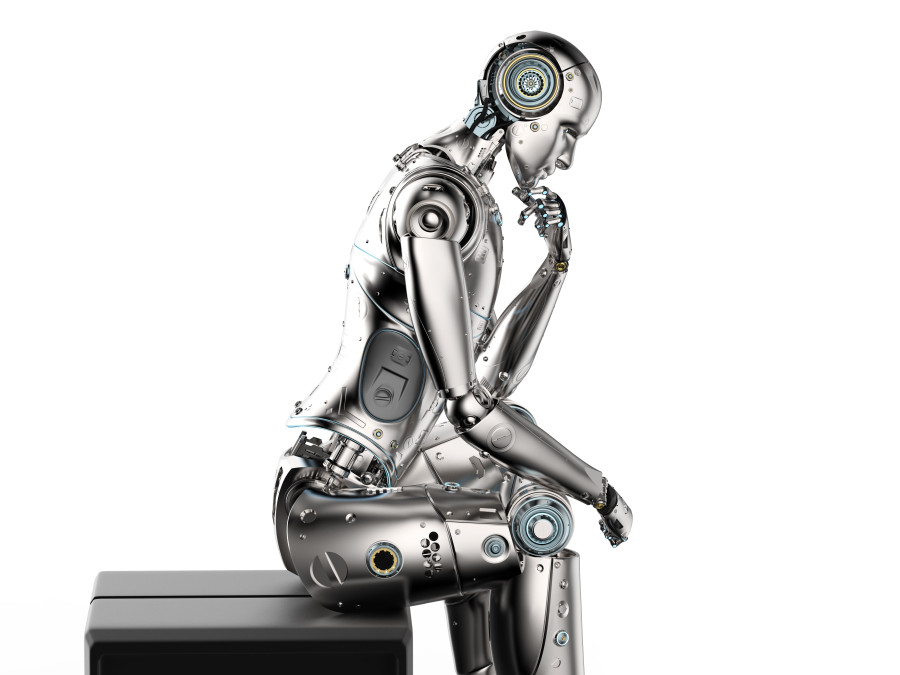The applications of generative models are virtually limitless, from generating realistic images and videos, to creating new music and written content. This versatility and potential makes generative models a highly exciting field with endless possibilities.
In this article, we will dive into five use cases of generative models that demonstrate the power and versatility of this cutting-edge technology.
Generating Realistic Faces
First, let's consider the generation of realistic faces. Generative models can be used in computer graphics to produce lifelike faces based on input images. This has significant potential for industries such as video game design, where characters can be automatically generated, and fashion design, where virtual runways can be populated with models and clothing. Furthermore, this technology can be utilized to create faces for realistic digital avatars in virtual reality environments, offering a more immersive experience.
Realistic Human Movements
Another exciting use case is the generation of realistic human movements in animation and special effects. Generative models can be trained on input movements to create new, lifelike movements for characters in videos. This has the potential to greatly impact fields such as sports analysis, where movement patterns of athletes can be generated with greater accuracy, and virtual reality, where characters can be made to move in a more realistic and believable manner.
Music Composition
In the music industry, generative models offer a new approach to music composition. By training on input songs, generative models can create new, unique pieces of music that can be used for compositions or soundtracks in movies and video games. This technology opens up new possibilities for music creation, enabling artists to explore new styles and techniques without the constraints of traditional composition methods.
Content Creation
Generative models are also making their mark in the field of content creation, where they can be used to generate new, original written content. With the ability to automatically create articles, blog posts, and advertisements, this technology has the potential to revolutionize the content creation and marketing industries, enabling companies to quickly generate high-quality content with ease.
Medical Imaging
Finally, generative models have the potential to greatly improve medical diagnosis and treatment planning. By generating realistic images of medical conditions such as tumors and fractures, generative models can help doctors make more accurate diagnoses and create more effective treatment plans. This technology has the potential to revolutionize the medical field, offering new and improved methods for diagnosing and treating a wide range of conditions.
To Conclude
Generative AI is a rapidly growing field that has the potential to revolutionize many aspects of our lives. From music and art to medicine and education, the applications of generative AI are virtually limitless. However, with great power comes great responsibility, and we must be mindful of the potential dangers that come with this technology.
As we continue to develop and refine generative AI, it is essential that we prioritize ethical considerations and ensure that these systems are used responsibly. This means carefully monitoring their output and implementing safeguards to prevent misuses, such as the creation of fake news or deepfakes.
At the same time, the possibilities offered by generative AI are vast and exciting. In the future, we can expect to see continued advances in the field, with new applications and use cases emerging on a regular basis. Whether it's creating personalized content for consumers or assisting doctors in diagnosing diseases, generative AI has the potential to transform the world in countless ways.
Overall, the potential of generative AI is both thrilling and daunting. As we continue to explore this technology, we must remain vigilant about its potential misuse, while also embracing the opportunities it presents for innovation and progress. By striking a careful balance between these two forces, we can ensure that generative AI is used in a way that benefits humanity as a whole.
Quickscout
Looking for suitable
technology providers?
Start scouting!







